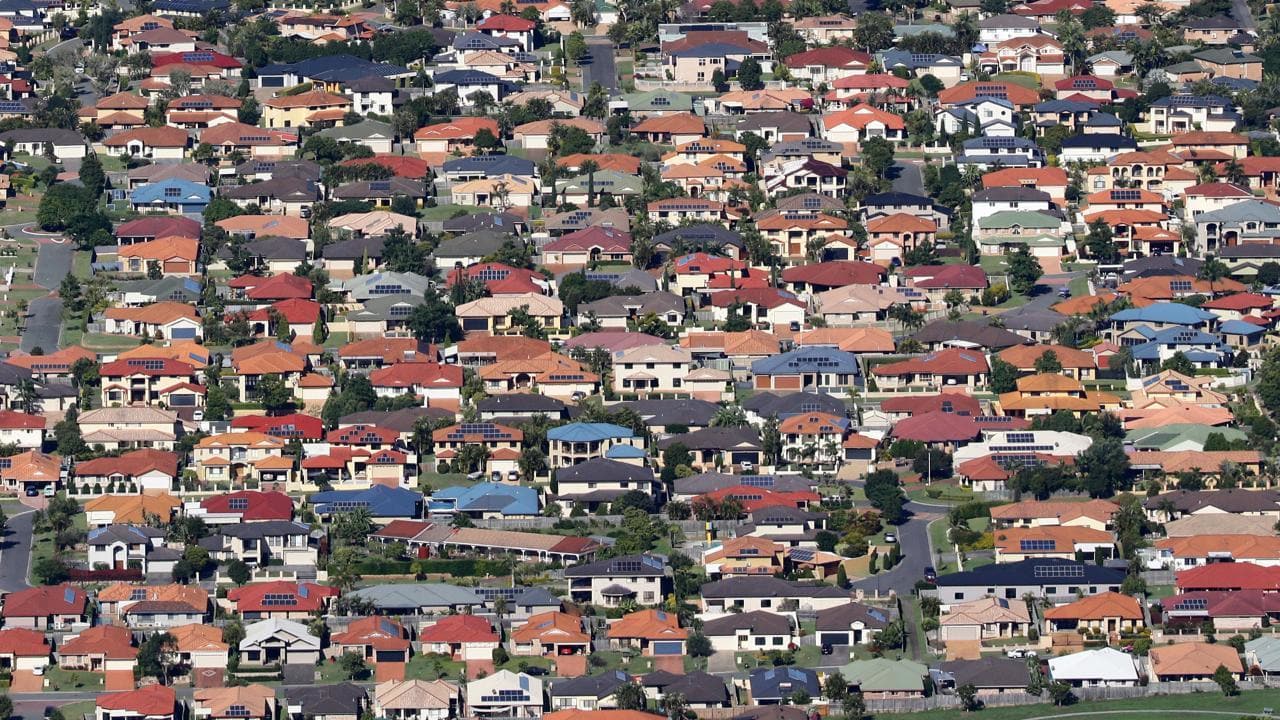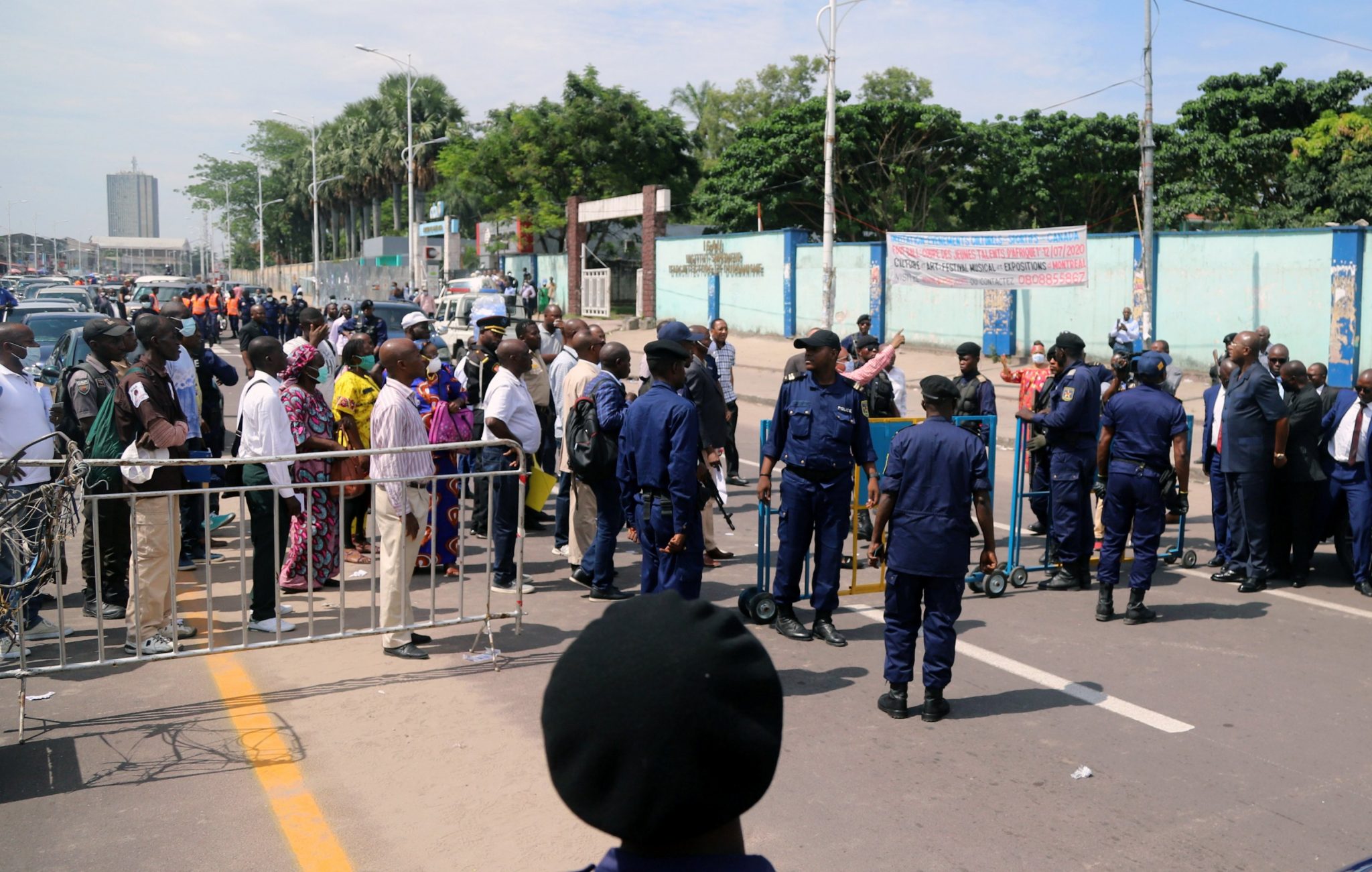‘Ghost Towns’ In Spain Slowly Back To Life
Concrete skeletons still haunt Spain, 10 years after the 2008 global economic crisis caused a housing boom to crumble, bankrupting developers and dotting the landscape with unfinished projects.
But buoyed by an economic recovery, some “ciudades fantasma”, or “ghost towns”, are gradually reviving, such as Valdeluz near Guadalajara, around 60 kilometres (40 miles) northeast of Madrid.
Valdeluz was designed as a dormitory town for 30,000 residents near a new station where high-speed trains linking the Spanish capital to the north-eastern region of Catalonia stop, but the lead developer went bankrupt shortly after the crisis hit.
When Almudena Castillo moved in to a flat there 11 years ago, she said she had “a maximum of eight neighbours”.
“There were days when I did not come across anyone,” she recalled.
Valdeluz is now home to 4,000 people as banks have gradually sold apartments they reclaimed from bankrupt developers.
Spain’s economic rebound, which began in 2014, and the fact that Valdeluz is located near an economic axis between Madrid and Guadalajara has helped breathe new life into the town, Jose Luis Ruiz Bartolome, the author of a book on the rise and fall of Spain’s property market, told AFP.
Jose Miguel Cocera, the mayor of Yebes, which is administratively responsible for Valdeluz, said that investment in services such as a new sports complex which opened last year had been the key to success.
A primary school which closed in 2013 reopened four years later and now has 300 students.
“It’s not as isolated as before,” said Luis Miguel Cobo, who in 2015 founded a football club in Valdeluz, a project he says would have been impossible before due to a lack of players and infrastructure.
“Before we had to leave Valdeluz by car to buy anything. Today there is a supermarket, two grocery stores, a pharmacy, a veterinary and three bars,” he added.
Valdeluz’s mayor wants to establish an technological industrial zone next year to attract a major company that would bring in even more residents.
The situation is not as encouraging in nearby Yebes however, where about 50 empty flats in a neighbourhood dubbed “sector 10” is a cause of concern for local residents.
Anca Bejan bought her first home there a year ago, a 170-square-metre (1,830-square-foot) flat for which she paid just 60,000 euros ($68,000).
AFP





